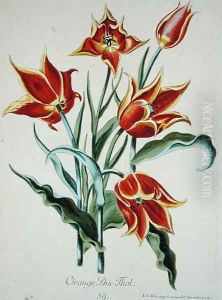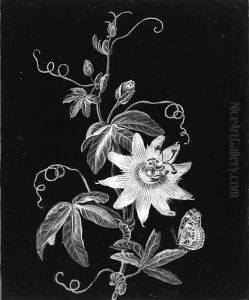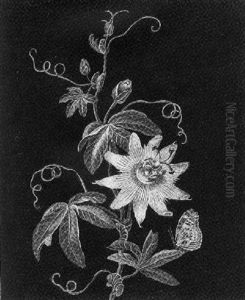Adam Louis Wirsing Paintings
Adam Louis Wirsing was an artist and engraver known for his work in the field of natural history. Born in 1733 in Nuremberg, Germany, he was part of a family that was deeply engaged in the arts and sciences, a common practice in an era where these fields were often intertwined.
Wirsing's contributions to art and science are most notable through his involvement in the production of natural history illustrations. During the 18th century, the study of natural history was flourishing, and there was a high demand for detailed and accurate illustrations of plants, animals, and other natural phenomena. Artists like Wirsing played a crucial role in documenting these subjects and making them accessible to both the scientific community and the public.
Although Wirsing's name might not be as widely recognized as some of his contemporaries, his work was an integral part of the scientific endeavors of his time. He engraved plates for books and other publications, a task that required both technical skill and an understanding of the subject matter.
Adam Louis Wirsing's engravings were often based on the work of scientists and naturalists, translating their findings into visual form. His ability to capture the intricate details of his subjects was admired by his peers and contributed to the spread of knowledge during the Enlightenment period.
Wirsing passed away in 1797, leaving behind a legacy as a skilled engraver who contributed to the dissemination of scientific knowledge through art. His work remains an example of the important collaboration between artists and scientists in the 18th century, and it continues to be of interest to historians of science and art alike.


